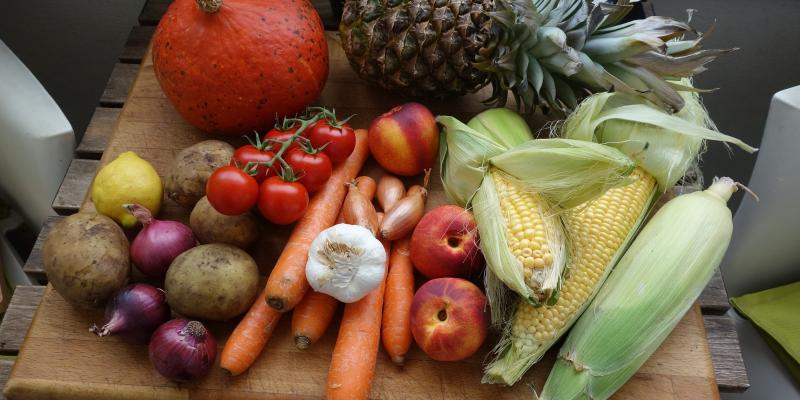Vegetables and fruit are a treasury of nutrients. In eating them, we provide much more vitamins, mineral components and fibre than by taking vitamin supplements, which often are absorbed poorly.
The shortage of vegetables and fruit is, as dieticians point out, one of the most frequent nutritional mistakes. They must constitute a prominent part of everyday diet.
What do vegetables and fruit contain?
All the wonders hidden in vegetables and fruit are revealed in, among others, the nutrition guides published by the Institute of Mother and Child.
Thus, green vegetables, such as spinach, green peas, and green beans, contain significant amounts of the folic acid, and vitamins B6 and B2.
In dark-green deciduous vegetables, such as kale or broccoli, we can find vitamins E and A, soluble in fats.
Vitamin C is a component of white cabbage, nappa cabbage and sour cabbage, pepper, dill pickles, chives, parsley and lettuce.
On the other hand, carrots, pumpkin, spinach, green lettuce, green peas and string beans are rich in beta-carotene.
Leguminous plants like beans, peas, broad beans, lentils and chickpeas are a great source of protein. They also provide us with great amounts of mineral components: phosphorus, potassium, calcium, magnesium and microelements - iron, zinc, copper, manganese.
Brussels sprouts, kale, celery and spinach are a good source of magnesium, and celery and tomatoes provide potassium.
Vegetables are also a source of carbohydrates – mainly starch (potatoes, peas, beans, lentils, maize) and sugars – glucose, fructose and sucrose – and fibre, which has an important role in regulating the operation of the digestive tract, preventing constipation. Vegetable fibre has a beneficial influence on cholesterol and glucose levels in our blood.
There is a small amount of fat in vegetables. Most vegetables (similar to fruit) have high levels of water (80-90 percent), thus their low caloric value.
The most valuable are raw, the worst, fried
Vegetables are best eaten raw, but when cooked with skill vitamin loss is not so extensive. American research by experts from the University of California has shown that, for instance, when steaming, the loss does not exceed 15 percent.
Boiling has an adverse influence on water-soluble vitamins such as B and C. On the other hand, vitamins and components soluble in fats, such as vitamins A, D, E and K, respond to cooking far better.
The influence of freezing fruit and vegetables depends on the nutrients. For example, vitamin C can be found in larger amounts in frozen products than in fresh ones.
The least beneficial method of preparing vegetables is frying.
Fruit is a treasury of health as well
Important vitamins, minerals, and sugars and pectins which regulate the functioning of the digestive tract can be found in fruit.
For instance, fruit from dog rose, blackcurrant, strawberries, kiwi, grapefruits, lemons, oranges, white and red currants, gooseberry or raspberry eaten when they are raw and fresh, will provide a great amount of vitamin C and fibre; the best source of the former is berries.
Yellow and orange fruit contain carotenoids, mainly pro-vitamin A, i.e. beta-carotene, but several times less than vegetables. The biggest amounts of beta-carotene can be found in apricot, mango, peach, fig and melon.
The natural sugars (energy source) contained in fruit are mainly glucose, fructose and sucrose.









Comments (0)